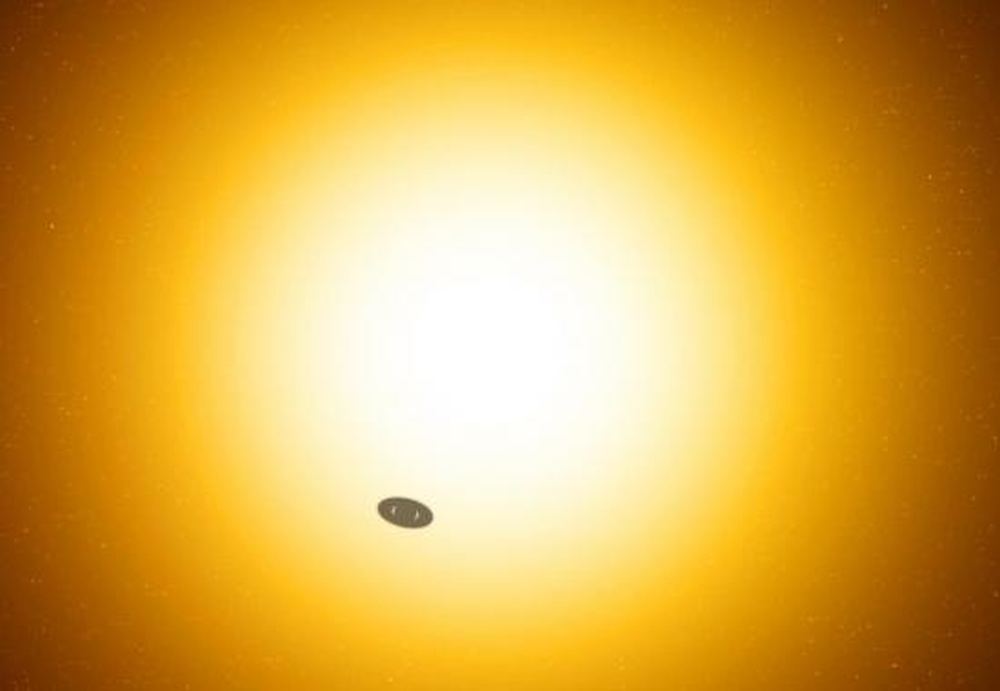To date, astronomers have confirmed the existence of 5638 extrasolar planets in 4,199 star systems. In the process, scientists have found many worlds that have defied expectations. This is certainly the case regarding “hot Neptunes,” planets that are similar to the “ice giants” of the outer Solar System but orbit much closer to their stars. But when a Johns Hopkins University-led team of astronomers discovered TIC365102760 b (aka. Pheonix), they observed something entirely unexpected: a Neptune-sized planet that retained its atmosphere by puffing up.
Continue reading “Instead of Losing its Atmosphere, an Exoplanet Puffed Up and Held Onto it”Instead of Losing its Atmosphere, an Exoplanet Puffed Up and Held Onto it


